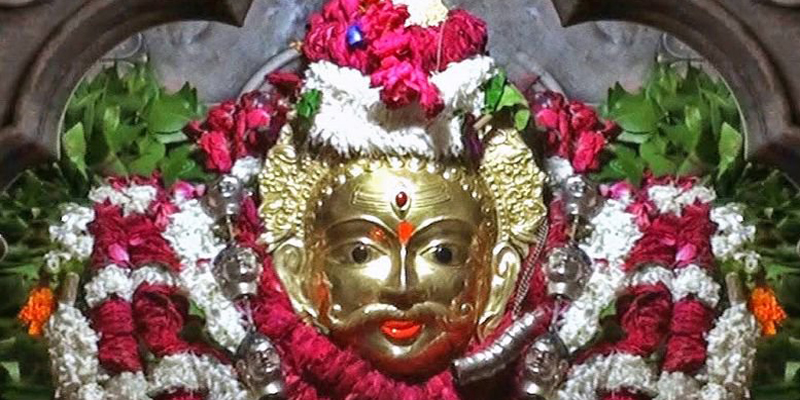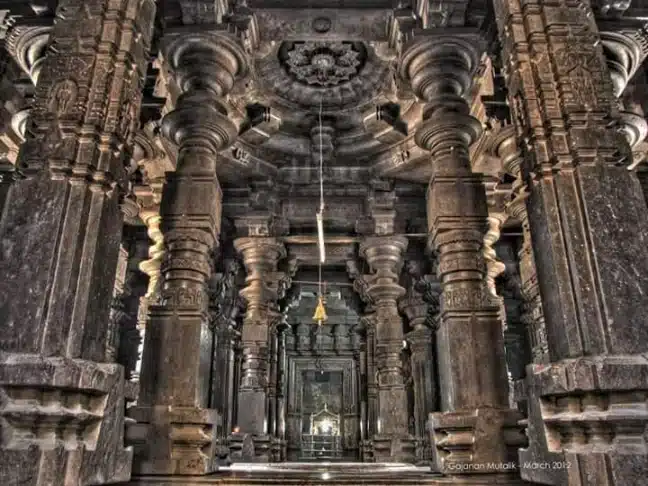Picture yourself watching countless vibrant kites turn the sky into an endless canvas. A silhouette speckled with vibrant splashes of colour as kites of all colours, shapes, and sizes shoot over the azure blue. Thousands of colourful kites take over the city’s skyline that enjoys the company of the crisp golden sun and people’s laughter that resonates in the breeze. This, my friend, is a snapshot of Ahmedabad’s International Kite Festival, hosted on the day of Uttarayan, Makar Sankranti!
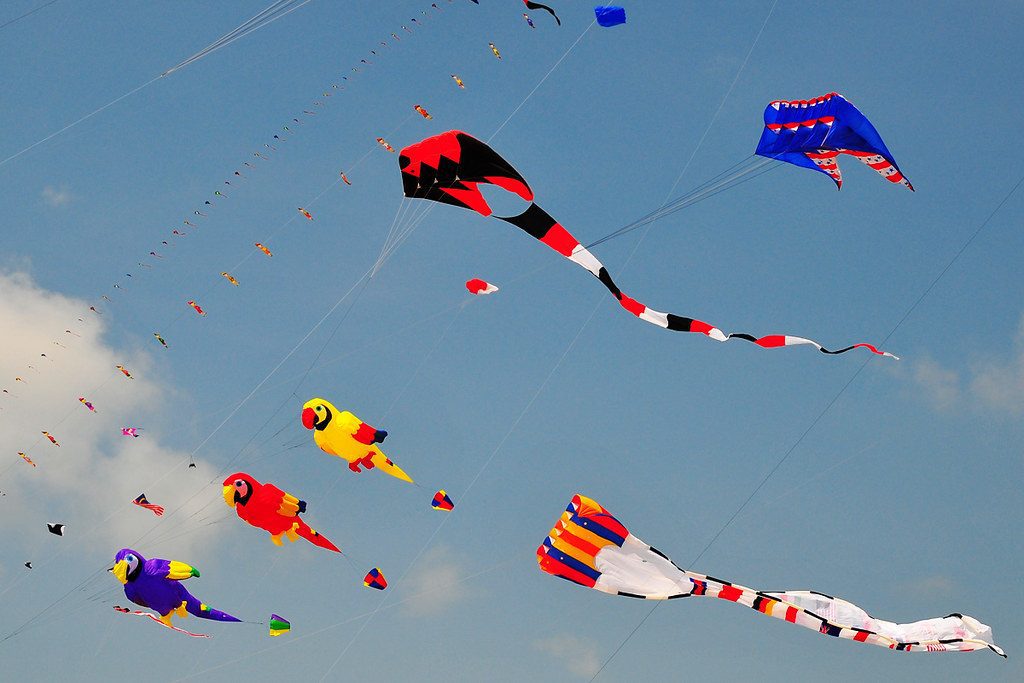
Makar Sankranti, one of India’s oldest celebrations, is known as Uttarayan in Gujarat. On the 14th of January, when the rest of India celebrates Makar Sankranti and other regions of the nation celebrate Lohri, Pongal, or Bihu, Gujarat’s blue skies get filled up with colourful kites during the Uttarayan festival. Uttarayan, a festival dedicated to the Sun God, heralds the commencement of spring. Gujarat’s capital, Ahmedabad, is at the forefront of Uttarayani celebrations and hosts the International Kite Festival.
The pure blue sky seems to entice everyone, and people give in to the thrill of kite flying. People of all ages are seen flying kites and revelling in the spirit of the day from sunrise to dark. The day is defined by crowded roofs, fun-loving competitiveness to outdo one another, and a magnificent feast.
The International Kite Festival 2025 will take place from January 11th to 14th at Sabarmati Riverfront in Ahmedabad.
[Also Read: One Festival, Many Names – The Makar Sankranti]
What does Uttarayan mean?
The term Uttarayan is derived from combining two separate Sanskrit words – uttar, which means north, and ayan, which means towards. It is the six-month period between January 14th and July 14th when the planet faces the sun due to its tilt. As a result, the sun appears to be travelling north on its celestial sphere. After 14th July, the period is known as Dakshinayan, meaning the southward movement, that is the time for winter.
Traditionally in India, this six month period holds significance for the purpose of sowing, and hence new beginnings are historically associated with this period. Perhaps this is why, in the final 30 days before the Uttarayan, people avoid new beginnings, as it has been traditionally acknowledged as an unfavourable period for new beginnings of any type. According to the Gujarati calendar, the event marks the conclusion of ‘Kamurta,’ a one-month-long inauspicious period.
[Also Read: Jaipur Kite Festival]
Why are Kites flown during Uttarayan?
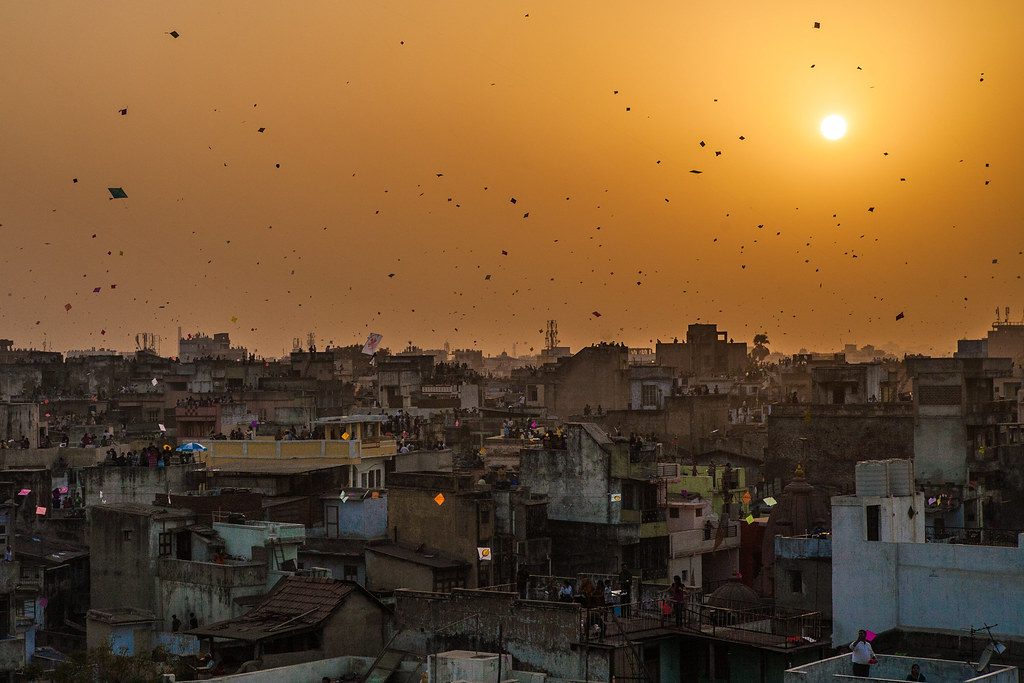
The revelry associated with kite flying cuts across age groups, classes and communities. The exact origins of Gujarat’s kite-flying culture are unknown. Some say it was brought into the region by Muslim traders from Persia, while others claim it was brought in by Buddhist pilgrims from Tibet. However, some accounts indicate that kite flying was already common in the area prior to it.
Although Uttarayan is primarily a Hindu festival commemorating the reawakening of the gods from their deep slumber, history records that India developed a rich tradition of kite flying due to the patronage of Kings and ‘Nawabs’ who found the sport both entertaining and a way to demonstrate their prowess. Even after the Mughal empire fell, the custom of kite flying persisted.
Kites were traditionally flown early in the morning to expose people to the rays of the sun. This was thought to be good for the skin and body. The sport was thought to be beneficial in combating the infections and diseases that were common throughout the winter.
Today, the festival’s events include kite flying, which begins at about 5 AM. This is done to soak up as much early morning light as possible before the summer heat becomes unbearable.
Gujarat Kite Festival
Gujarat’s colourful kite festival is an annual event in which people of all ages demonstrate their kite flying abilities with distinct kites. This event is held at the Sabarmati riverside in Ahmedabad, providing a unique platform for all kite manufacturers and flyers from across the world to showcase their skills.
According to the state’s tourist administration, the worldwide kite festival has been conducted in Ahmedabad since 1989 as part of the Uttarayan festivities. Every year since then, kite aficionados from all over the world have gathered to display their one-of-a-kind masterpieces fashioned like dragons, aeroplanes, and bicycles.
In major cities of Gujarat, kite flying starts as early as 5 am and goes until late at night. Night kite flying consists of flying kites with LED light suspensions on the kite arranged in different forms and shapes. Approximately 8-10 million people attend the kite festival. Besides the primary kite flying, the participants and spectators at the festival can also enjoy the cuisine and the crafts of the state. Delicious Gujarati feast with sweets like undhiyu and chikkis are the day’s highlights.
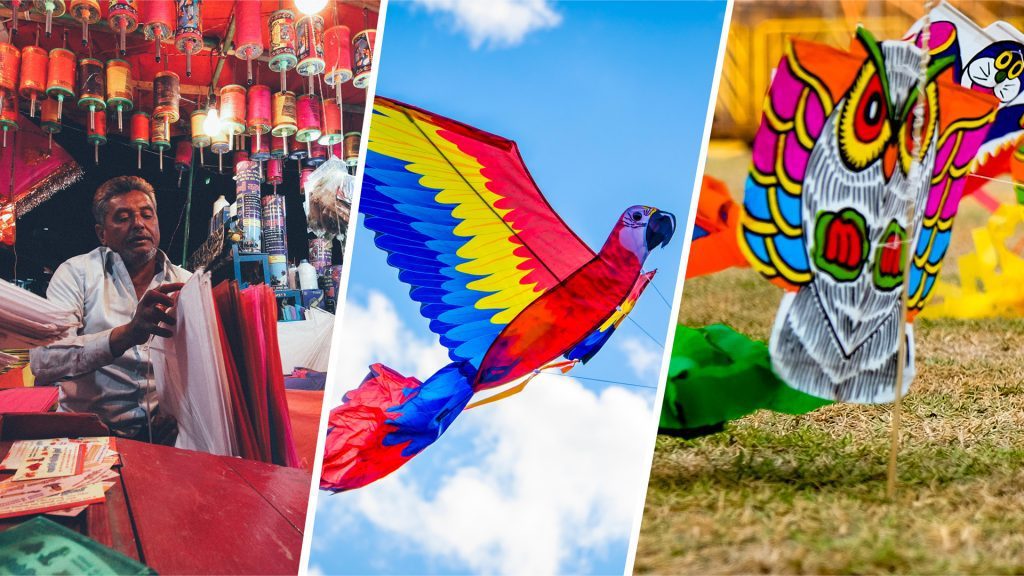
Pro tip: The night before is electric with brisk business in buying and selling kites, in amazingly numerous bulk purchases. The Patang Bazaar (kite market), situated in the heart of Ahmedabad city, is open 24 hours a day during the Uttarayan week. A visit to the Bazaar will help you get your hands on the most beautiful kites.
How to Reach Gujarat for the Kite Festival
By Road:
Gujarat is well-connected to every city in India via road. You can opt for a Delhi to Ahmedabad cab for an amazing road trip experience. And if you wish to explore more of Gujarat, hire a reliable car rental with a driver in Gujarat to take you around.
By Air:
Sardar Vallabhbhai Patel International Airport (SVPIA) is situated 9 km north of central Ahmedabad. From the airport, you can take autos, buses or book an airport cab to reach Ahmedabad to attend the Kite festival.
By Train:
Ahmedabad is well-connected to all parts of India via railways. Once you reach the railway station, you can hire an Ahmedabad taxi with a local driver to reach your hotel in the city. So, if you happen to travel to Gujarat in January, book a cab and witness one of the most mesmerizing kite filled silhouettes in India.
Last Updated on January 4, 2025 by Shabari Shankar



